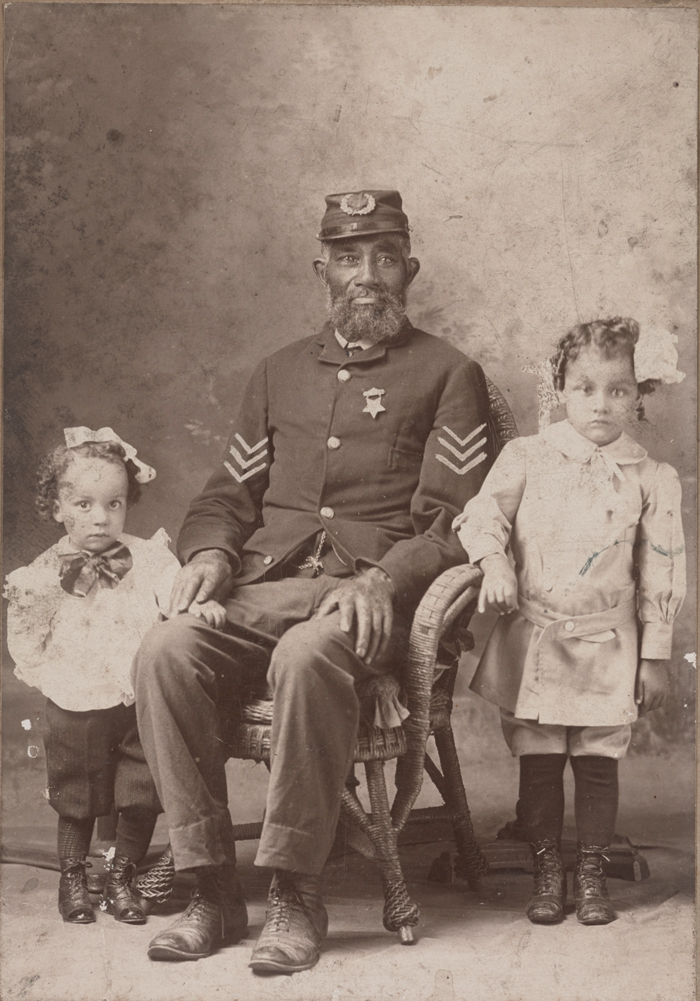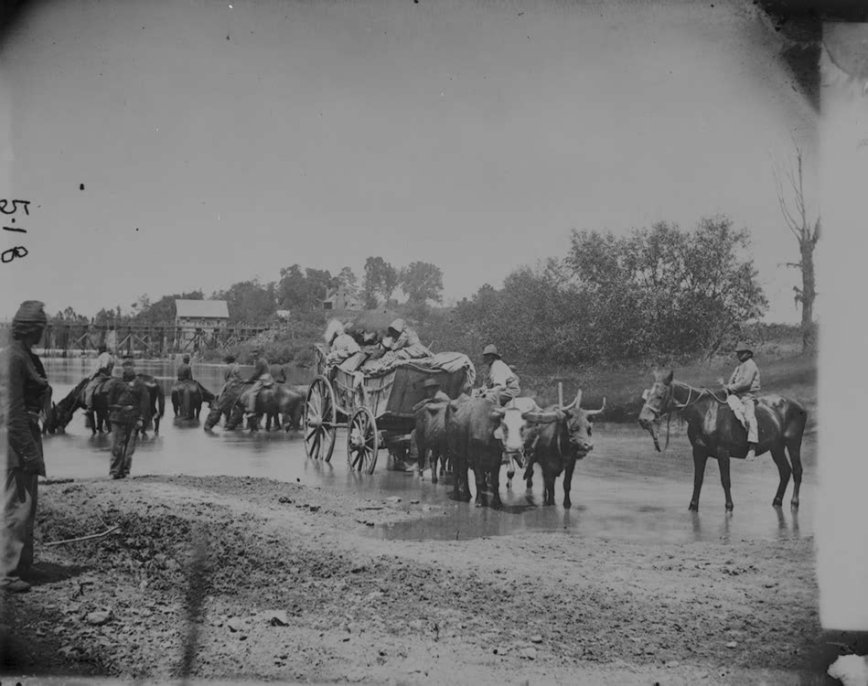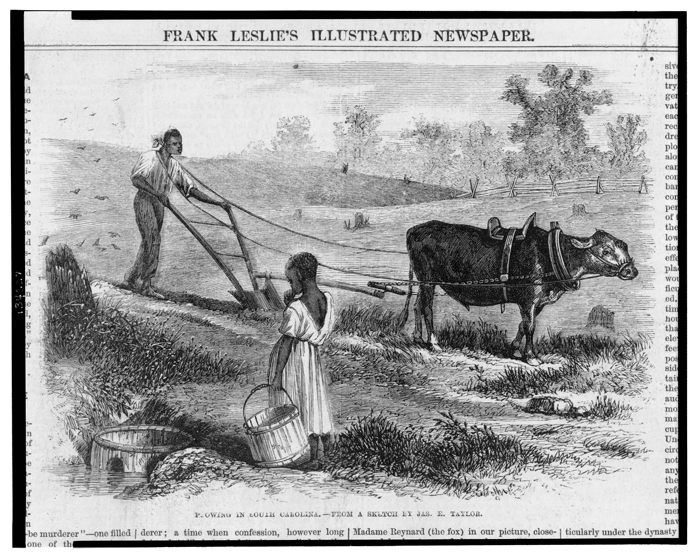
Negro members of the Grand Army of the Republic, a Civil War veterans organization, parading, New York City, May 30, 1912
Image Source: Library of Congress; Reproduction Number: LC-USZ62-132913; see more information about the photo here.
Happy Veterans Day! In this post I am showing images of African American Civil War veterans. These are wonderful images of the men who helped to save the Union and destroy slavery. The photograph above features African American Civil War veterans, and family and friends, marching in a Grand Army of the Republic parade in New York in the early twentieth century. The Grand Army of the Republic (GAR) was an organization of United States (Union) veterans of the Civil War, including men from the Army, Navy, Marines and Revenue Cutter Service. Wikipedia discusses the GAR:
After the end of American Civil War, organizations were formed for veterans to network and maintain connections with each other. Many of the veterans used their shared experiences as a basis for fellowship. Groups of men began joining together, first for camaraderie and later for political power. Emerging as most influential among the various organizations was the Grand Army of the Republic, founded on April 6, 1866, on the principles of “Fraternity, Charity and Loyalty,” in Decatur, Illinois, by Benjamin F. Stephenson.
The GAR initially grew and prospered as a de facto political arm of the Republican Party during the heated political contests of the Reconstruction era. The commemoration of Union veterans, black and white, immediately became entwined with partisan politics. The GAR promoted voting rights for black veterans, as many veterans recognized their demonstrated patriotism. Black veterans, who enthusiastically embraced the message of equality, shunned black veterans’ organizations in preference for racially inclusive groups. But when the Republican Party’s commitment to reform in the South gradually decreased, the GAR’s mission became ill-defined and the organization floundered. The GAR almost disappeared in the early 1870s, and many divisions ceased to exist.
In the 1880s, the organization revived under new leadership that provided a platform for renewed growth, by advocating federal pensions for veterans. As the organization revived, black veterans joined in significant numbers and organized local posts.

Grand Army of the Republic, New York Post 160, Cazenovia, New York (near Syracuse), circa 1900
Image Source: blog.syracuse.com; collection of Angelo Scarlato
This is a wonderful photograph of an integrated GAR post. The post, New York post number 160, was located in Cazenovia, New York, which is near Syracuse. The picture was taken around 1900, roughly 35 years after the end of the war. The image of these black and white soldiers, with its staging of a black man holding the American flag in the center of the shot, has a poignancy which reaches over a hundred years of time, and touches me today.
These men might not have known each other during the war, because Union regiments were segregated. Although, during the course of the war, different soldiers from different regiments often fought alongside each other at particular sites. But GAR units like this one might have been the first opportunity for black and white soldiers to meet, greet, and perhaps, become friends.
The Public Broadcasting Service (PBS) show “History Detectives” devoted a program segment to a discussion of the photo, the GAR, and race in the Civil War. A transcript of the segment, which aired in July 2007, is here. Thanks to the blog Syracuse.com for providing the link and the photograph, and additional information.
Image Description: G.A.R. Post (Civil War veterans. Photoprint) 1935; perhaps in the Washington, DC or southern Maryland area; Addison Scurlock, photographer
Image and Description Source: Smithsonian Institution, National Museum of American History, Local Number: 618ps0229581-01pg.tif (AC scan no.), Box 68


Image Description: Photograph of a reunion of Grand Army of the Republic (G.A.R) members, ca. 1910 in Norfolk, Virginia; the first image is a close-up of the second image. This is believed to have been taken at the West Point Cemetery. This was a cemetery for African Americans and was the resting place for many black soldiers from the Civil War the Spanish American War. It is also the home of a monument to those soldiers.
Image Source: from a LocalWiki entry for Hampton Roads, West Point Cemetery. Original source was the University of Virginia Library, Special Collections.
 Image Description: “August 28, 1949 – Joseph Clovese, G.A.R. Veteran, 105 Years Old At The 83rd And Final G.A.R. Encampment In Indianapolis, Indiana.”
Image Description: “August 28, 1949 – Joseph Clovese, G.A.R. Veteran, 105 Years Old At The 83rd And Final G.A.R. Encampment In Indianapolis, Indiana.”
Image Source: from War History Online via Pinterest













